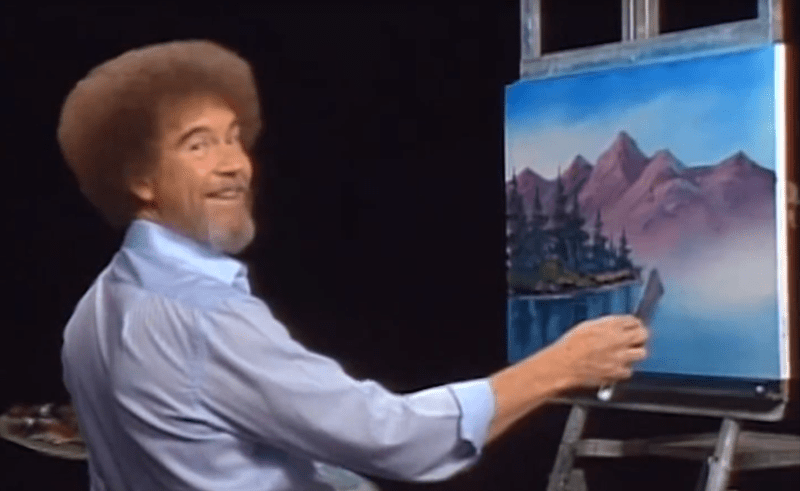
I grew up on a steady diet of PBS. I’m sad to say that Sesame Street wasn’t a part of my childhood. My PBS time consisted of shows like Sewing with Nancy, This Old House, Antique Roadshow, and The Joy of Painting and whatever watercolor series followed it. My parents watched the former shows. Bob Ross remained a part of my teen years. Before I went to work (I worked evening shifts, often past 11 pm at a grocery store), I would watch my painting shows.
I fondly remember nestling in front of the TV for my dose of civilization and peace before facing the public and my social anxiety.
I don’t have live streaming PBS, but afternoons with NHK Japan remind me of those PBS afternoons. Nostalgia certainly works on me. Instead of watching the soft-spoken afroed painter, I watch Hometown Stories. The broadcast follows people throughout the world and looks at their personal lives. You won’t find anything spectacular or earth-shattering. Rather, you’ll find an old lady who ran a candy shop for 50 or so years. You’ll find a man who specializes in making chairs as his family had done for 300 years. It’s a great show.
NHK Japan has given me ideas for JP articles, but mostly I watch it because it feels like PBS. As I write this article on a quiet and rainy Friday night, NHK streams on my television. Dining with the Chef is on, and I’m waiting for one of my favorite broadcasts: Dive into Ukiyo-e. Although like with Joy of Painting, the show feels bittersweet. I’ve seen every episode of both and lament the loss of discovering a new-to-me episode.
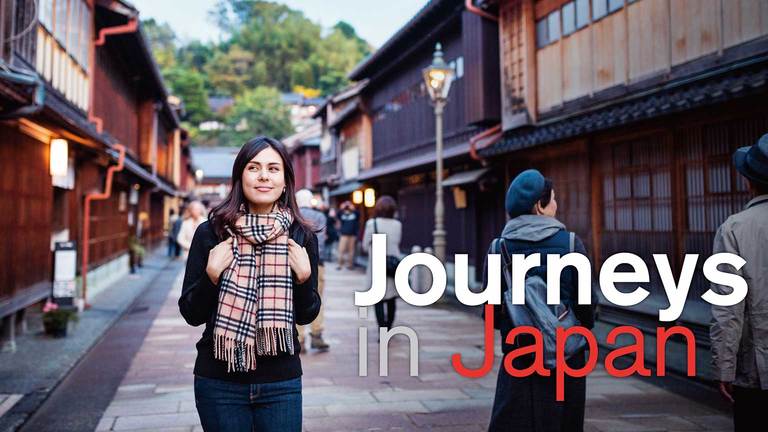
During afternoons, NHK features nature shows, travel shows like Rick Steve’s PBS shows, documentaries, cooking shows, and more. It soothes and enlightens. It also makes for good napping television. Plus you can watch sumo tournament coverage.
By the way, I’m not paid by NHK to write this or anything. You know how the Internet requires disclosures.
A good bit of NHK is aimed at getting people to travel to Japan. I’ll admit a good number of the shows feel like propaganda. They would do well to diversify like PBS does. NHK does cover bits of Asia like China, India, and Indonesia, but the programs are often few. I’d like to see painting shows and similar hobby shows to break up the travel shows. Perhaps a show about woodblock print carving techniques or a show about how to make Japanese style pottery would help. Of course, I’d like to see a few more American-focused shows from an Asian perspective. An outside view of your home culture can be fascinating.
NHK features a few shows that focus on outside views of Japan. Cool Japan, for example, has foreigners discuss and weigh in on various cultural aspects of Japan. In one broadcast of the show, people voted senpai-kohai relationships as “not cool” across the board. A few voted both “cool” and “uncool” based on the situations in question. A similar outside perspective on the US or Britain or the EU would make for a good show.
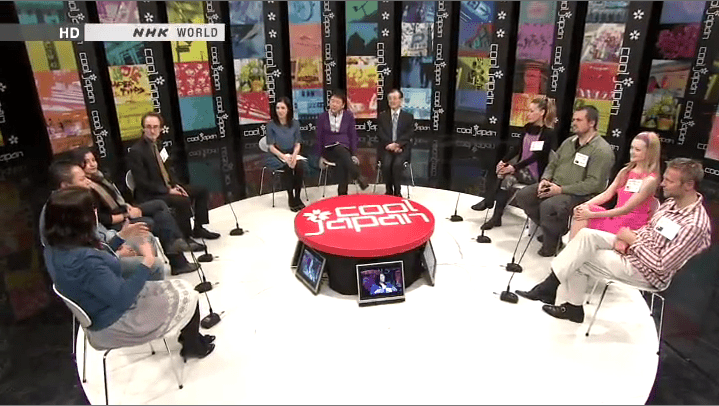
The channel provides Japanophiles with interesting and educational shows. You can learn quite a bit about the culture and why anime has certain elements to it. But I have to give you a caveat. The channel is funded, at least in part, by the Japanese government. The government uses the station as a part of it’s long standing Cool Japan project–a project that seeks to encourage tourism and the export of Japan’s cultural elements as an extension of soft power. Soft power is a way of influencing other nations and peoples through the import of cultural elements. Hollywood acts as an extension of US soft power, for example. Many films push American ideals of individualism and ways of thinking. This is soft power.
This isn’t necessarily nefarious, but it does provide a mostly one-sided perspective on Japan. It’s similar to the perspective you see in the otaku community–that Japan is the best country in the world, yadda yadda. Japanese culture is neat, but it isn’t superior. NHK doesn’t push this idea, but the mostly positive shows can encourage the common otaku perspective. Of course, at times NHK features a documentary about the darker side of Japanese culture, such as Unit 731 or the various challenges Japanese culture faces.

The positive focus creates a relaxing channel. I often retreat to NHK (like I did PBS) to get away from the political vitriol that’s everywhere in American society right now. NHK is a calming and educational way to spend an evening or weekend afternoon. If you like PBS, give NHK a watch. Their schedule isn’t as regular as PBS. You’ll find many 10 and even 5 minute broadcasts between the main shows. At the start of each hour, you’ll see the NHK news broadcasts. Luckily, they don’t sensationalize. If anything, NHK news is dry, but news should be that way. The broadcasts vary from 10 minutes to 30 minutes. With the turmoil shown everywhere in media, who doesn’t need a refuge right now?
Overall, NHK is a good, relaxing time. If you are interested in anime, manga, and Japanese culture, the channel is worth a watch. You can catch NHK streaming live 24-7 on their website, on their app, and you can watch shows on demand.
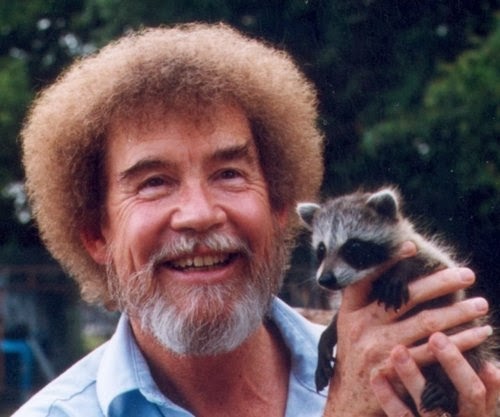

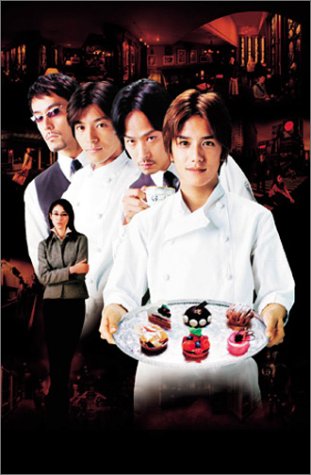
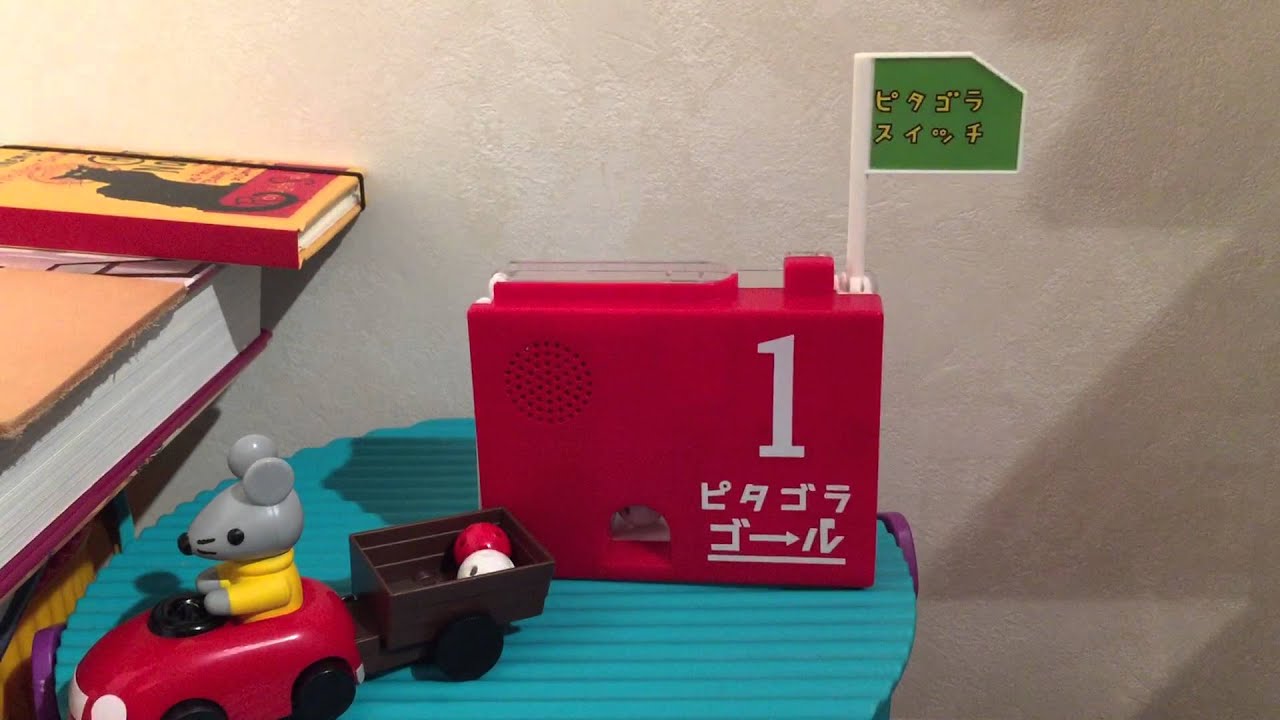
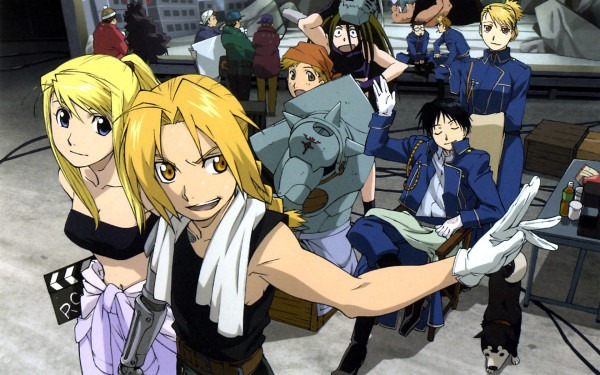
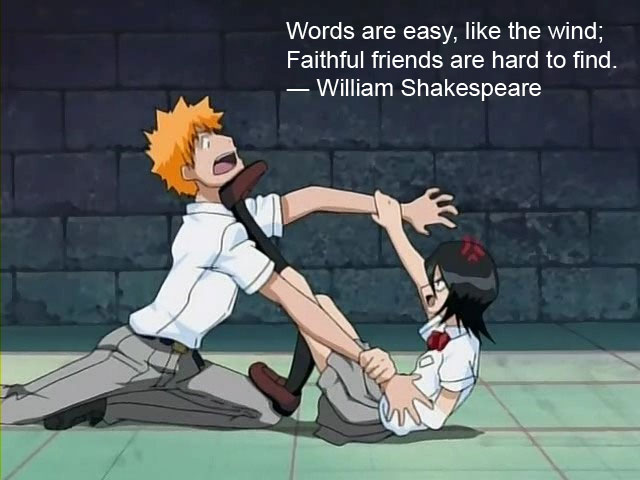
What I love about NHK is the way it introduces Japanese to places (and occupations) all across Japan. I am glad that we get some of this in English friendly form. We have not really had anything like this in the USA since Charles Kuralt parked his motor home for the last time in the early 1990s.
The slice of life articles NHK offers is the best part of their programming.